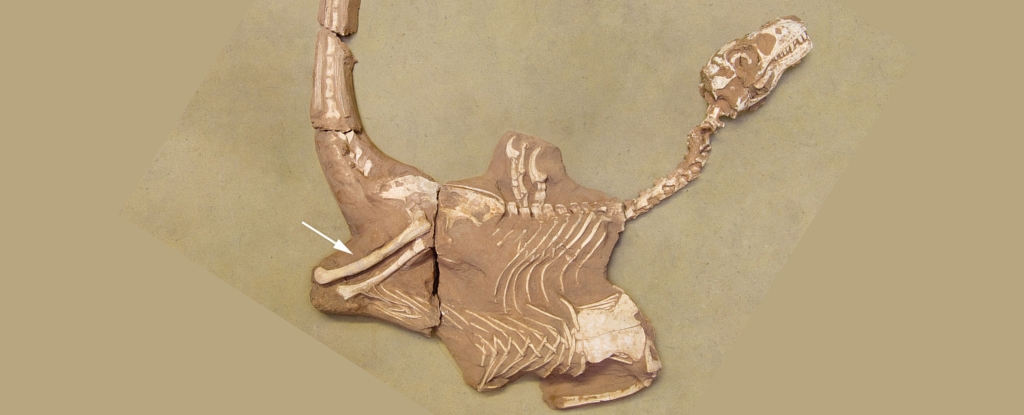
A newly identified dinosaur species, Shri rapax, has emerged as a formidable cousin of the well-known Velociraptor. This discovery highlights a creature that possibly wielded significantly larger claws and exhibited unique adaptations that could make it an even deadlier predator.
The research, published in the journal Historical Biology, reveals that S. rapax was similar in size to its famous relative, but its anatomy suggests it was more adept at tackling larger prey. Fossils indicate that this dinosaur had notably robust hands, particularly its thumbs, which featured large bone structures. These adaptations likely supported well-developed flexor muscles, essential for powerful slashing and stabbing motions.
Distinctive Features and Hunting Techniques
The most striking characteristic of S. rapax is its nearly 8-centimeter-long claw, which was approximately twice the length of those found on other raptors of comparable size. This formidable weapon would have enhanced its effectiveness in predation. While Velociraptor is often depicted in popular media as a fearsome predator, the reality of its size was more akin to that of a turkey. In contrast, S. rapax demonstrates that larger and more robust adaptations could allow for a different hunting strategy.
The researchers suggest that the enhanced proportions of S. rapax imply it may have targeted larger and more resilient prey, potentially including protoceratopsians or juvenile armored ankylosaurs. Additionally, the broader snout of S. rapax would have provided it with a stronger bite compared to its relatives, further emphasizing its hunting capabilities.
A Troubled History
The fossil of the S. rapax holotype has a tumultuous past. After its discovery in Mongolia, the specimen was poached and subsequently found its way into private collections in Japan and England. Eventually, it was acquired by a French museum and returned to Mongolia. While some parts of the specimen were sent to Belgium for scanning and further study, the skull and neck bones have since gone missing. The remaining skeleton now features a printed cast of the skull, created based on the available data from the scans.
The challenges surrounding the preservation and study of S. rapax illustrate the ongoing issues related to fossil poaching and the importance of protecting these invaluable scientific resources. As research continues, the findings regarding this newly discovered dinosaur provide crucial insights into the diversity of predatory dinosaurs that once roamed the Earth.







